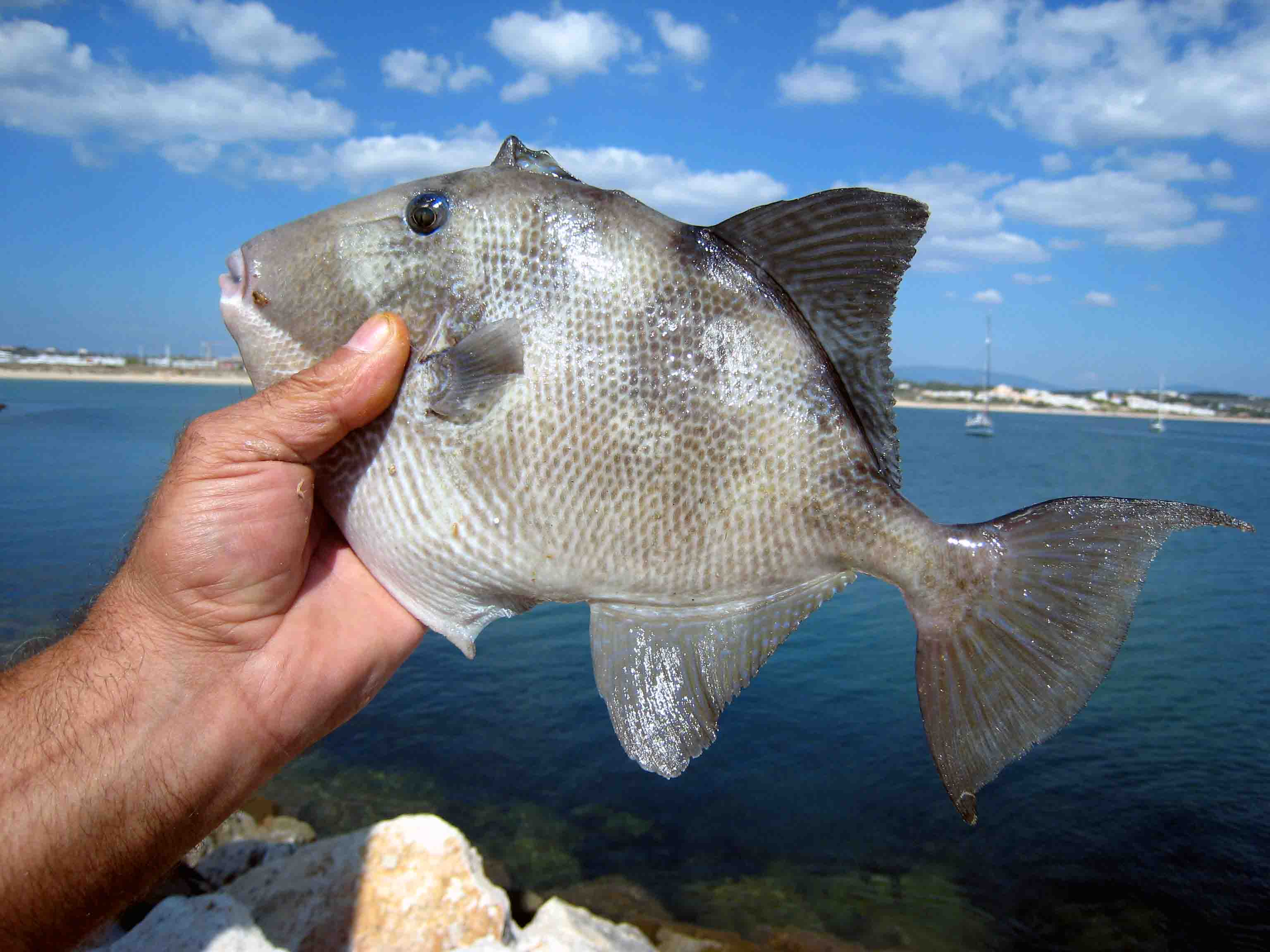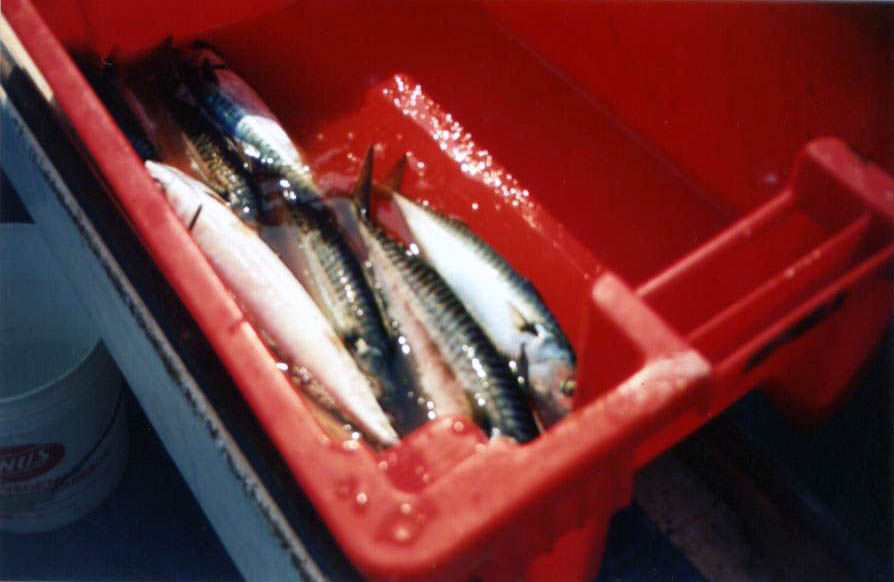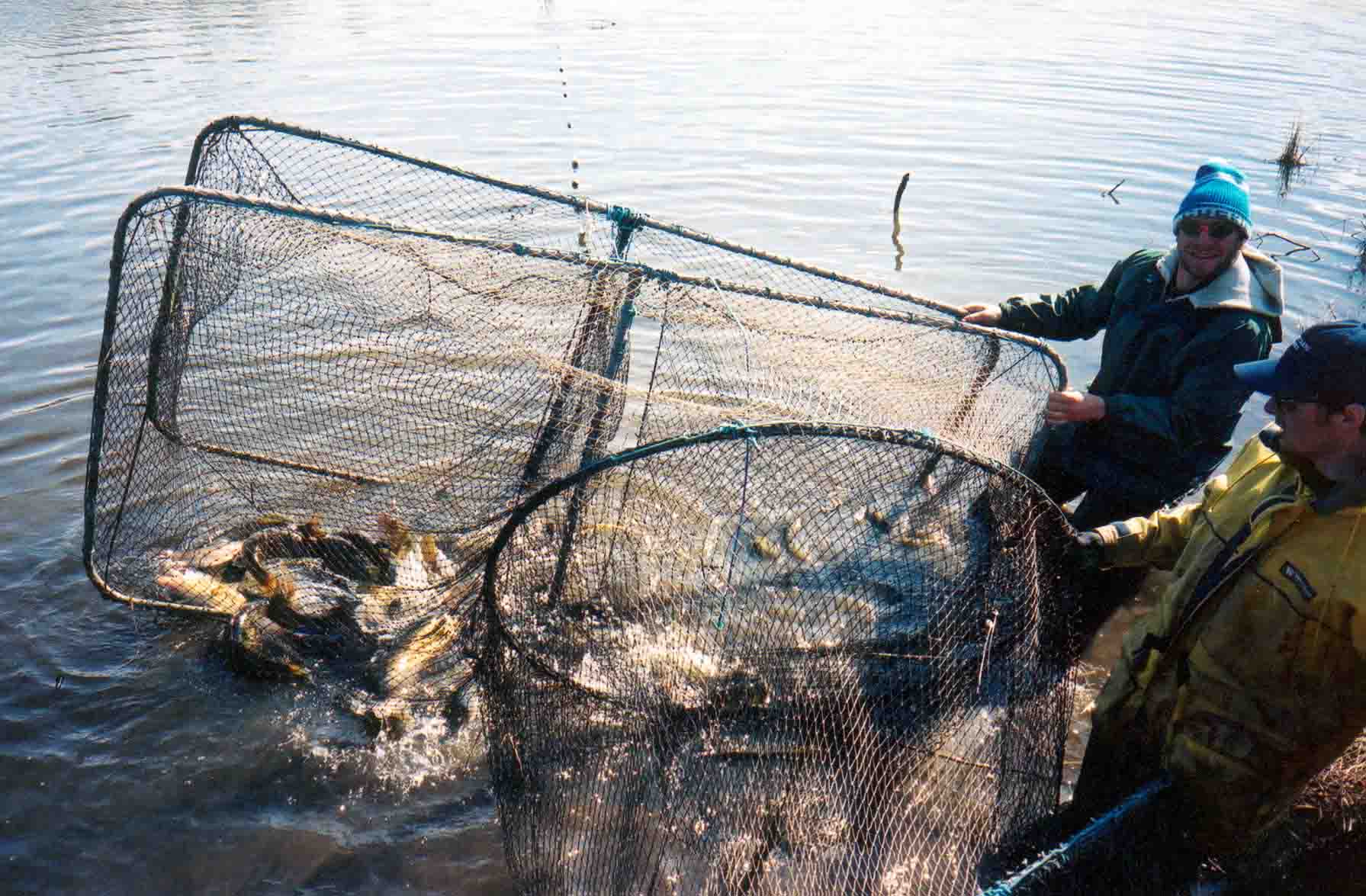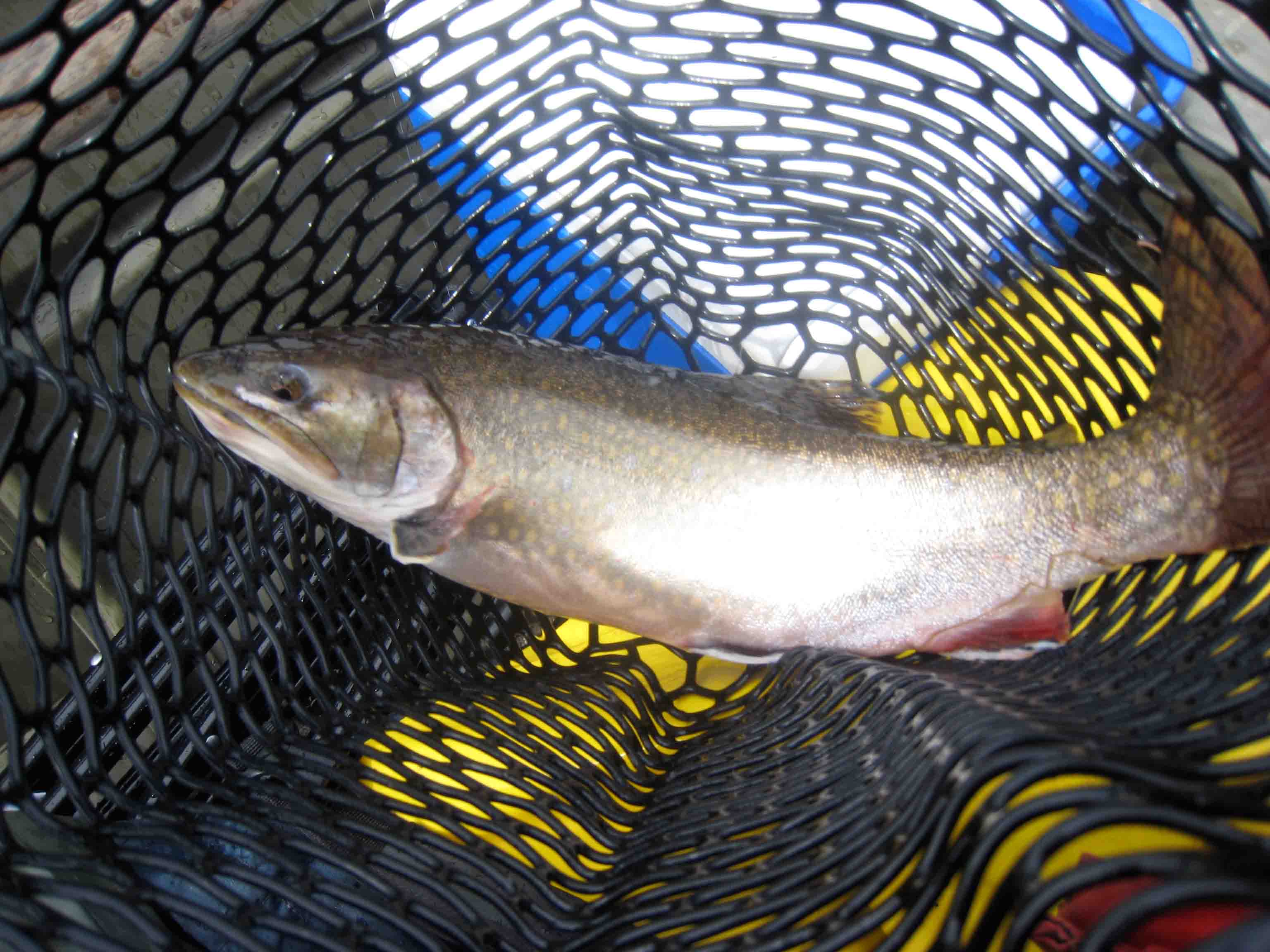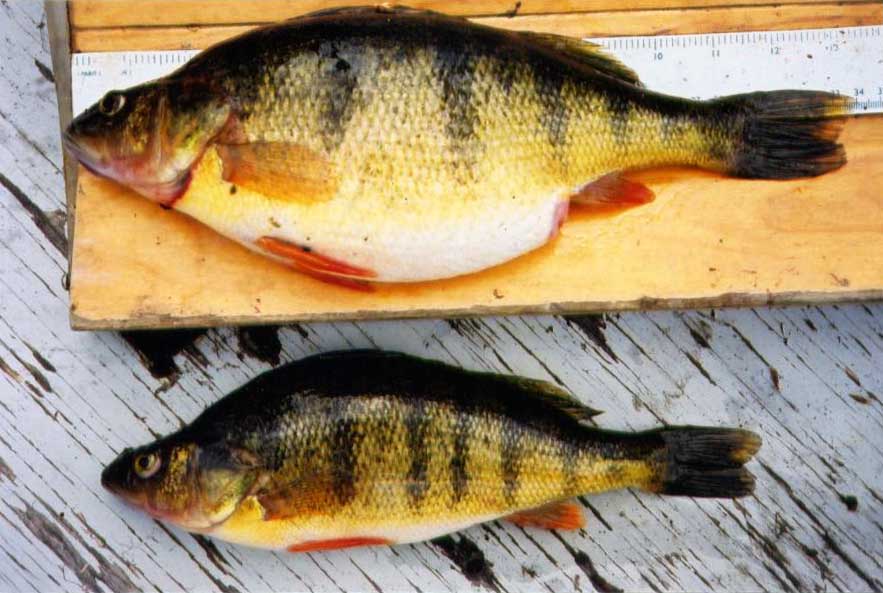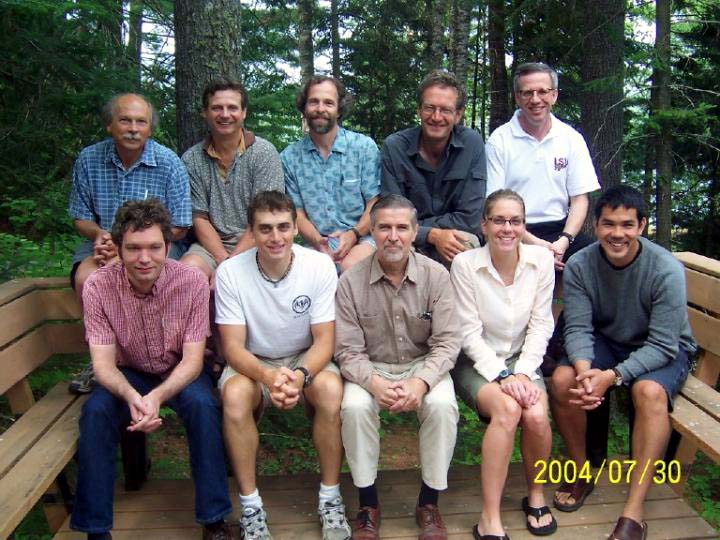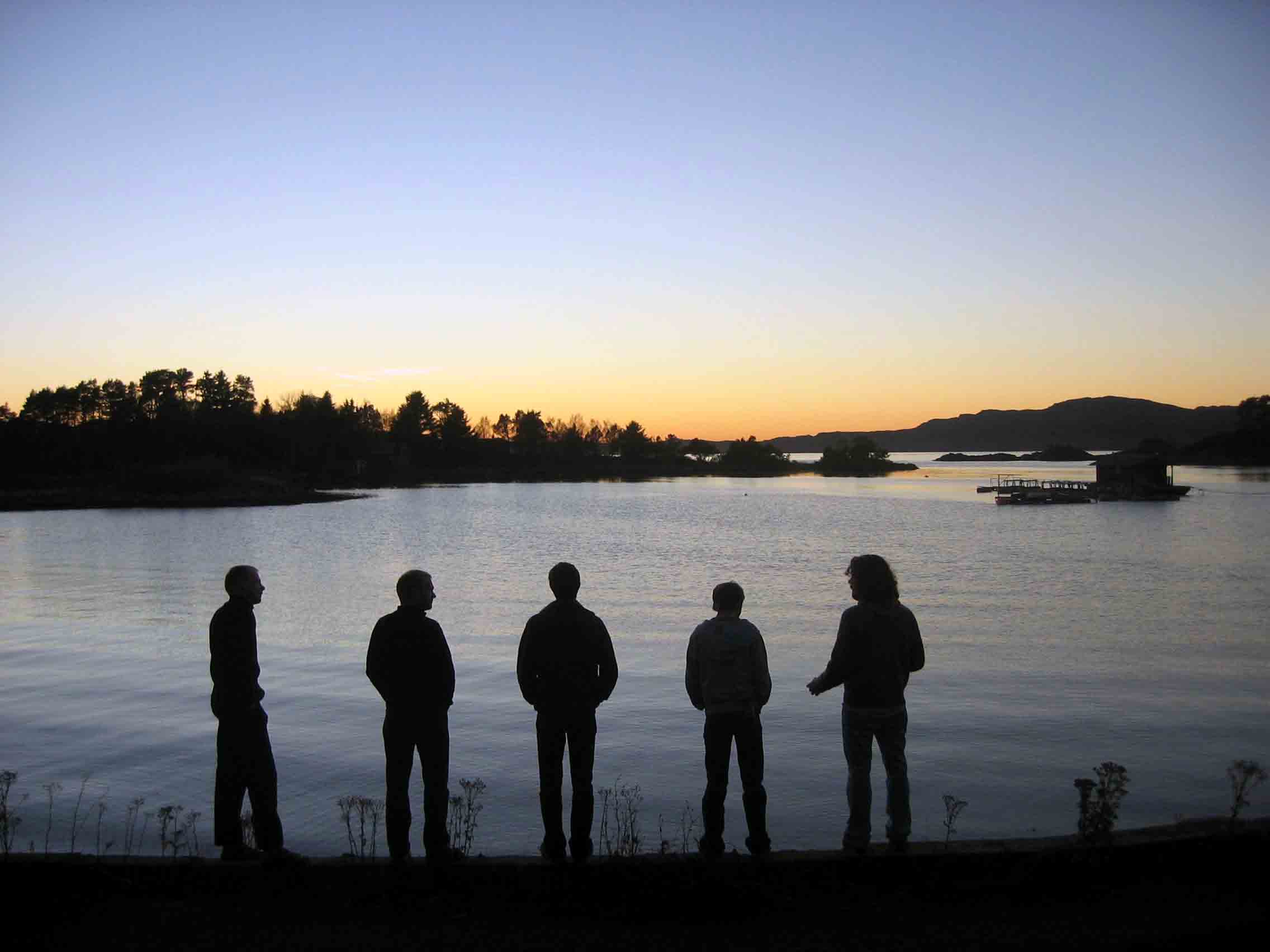research
overview
I
am fascinated by aquatic ecology in general and fisheries
science in particular. My research tends to focus on (i) how
commercial and recreational fisheries
influence recruitment and population dynamics through changes in the
density, age and size structure, evolutionary trajectory, etc. of
marine and freshwater stocks; (ii) how these effects vary in space,
over time, and among species; (iii) how impacts of fisheries rank among
and interact with other mechanisms or stressors (e.g., climate, food
web
interactions); and (iv) how this knowledge informs policy and
management towards the development of fisheries that are socially,
economically, and biologically sustainable. As a whole, my research
follows closely the interdisciplinary, hierarchical approach advocated
by Rose et al. (2001, Fish and Fisher. 2: 293), in which research
questions are addressed at multiple scales and through a combination of
experimentation, field data, modeling, and theory.
Current projects
Biphasic Growth Modeling:
The biphasic growth model (Lester et al. 2004, Proc B, 271:1625) is an
exciting alternative to the von Bertalanffy growth model that
explicitly accounts for the changes in growth that occur at maturity,
and allows for inferences about life history traits and their
constraints that would otherwise be impossible. I am using the biphasic
model as part of Compensation Modeling (Lester et al. in press),
to estimate the mortality rate of 26 shark species (Moe and Venturelli,
in final prep) and to assess fisheries-induced evolution in a model
species (in prep).
Coastal wetland restorartion:
I am part of a large, interdisciplinary team that is developing
quantitative models to predict how physical, chemical and biological
processes interact to affect the dynamics of coastal river deltas. We
will use this information to propose and evaluate restoration efforts
aimed at buffering Louisiana’s coast against climate change-induced
storms and sea level rise. My job is to predict fish productivity in
space and time by modifying the spatially-explicit, individual-based
food web model that I developed during my post-doc (watch here), and coupling this model to sediment transport and vegetation models that are in development.
Compensation Modeling:
My collaborators and I have developed an exciting new approach for
predicting sustainable exploitation rates from compensatory changes in
growth (and to a lesser extent survival). We describe and demonstrate
this approach in a new paper (Lester et al. in press).
Compensation modeling combines life history theory, biphasic growth
modeling and temperature-dependency, and is therefore applicable to any
species for which we can estimate growth compensation and basic life
history. The analytical model requires that capture length be ≤
length-at-maturity, but I am developing code to handle any harvest
scenario.
Degree-days:
The degree-day is an index of thermal energy that is underutilized in
fish science, despite its ability to explain and predict growth and
development. Degree-days permeate much of my work because they are
often a better alternative to calendar time (i.e., age). It is my goal
to increase the (appropriate) use of degree-days in fisheries science.
For example, by arguing for standardized base/threshold temperatures (Chezik
et al. in press), and developing degree-day models for
predicting egg hatch date when temperature is variable (two papers in
prep).
Invasive Species: My PhD student, Grace Loppnow, is exploring induced nest failure as a way to control invasive bass (Loppnow et al. 2013).
This project combines modeling with small-lake experiments and a
large-lake collaboration with the Minnesota DNR and a state angling
group. I am also part of the newly-minted Minnesota Aquatic Invasive Species Research Center. When funding is in place, I will develop population models to direct control efforts and evaluate control options/scenarios (see a poster).
Maternal Influences & Age Truncation:
Part of my PhD research showed that maternal influences can shape the
dynamics and sustainability of stocks subject to strong age- and
size-selective fishing (Venturelli et al. 2009, Venturelli et al. 2010).
These results are at odds with most fisheries management, have
implications for our understanding of stock declines, and invite
policies that protect rather than target reproductively valuable
individuals. To this end I have reviewed the ability of freshwater
fishing regulations and Canada and the US to protect age structure (in
prep). I am also shopping around for help in exploring the economic
consequences of a “throw the big ones back” policy. Last year, I joined
the Age Truncation Effects group, an international team of young
researchers who are building a worldwide fisheries database and
examining the effects of age-truncation (and climate) on stock
variability (e.g., Hiddink et al. in review).
Spawning Habitat: As part of a large effort funded by the International Joint Commission, my MSc student, Jason Papenfuss, is combining field data and modeling in GIS to determine how walleye (Sander
vitreus) spawning habitat is affected by the rule curve that governs water levels in the Namakan Reservoir.
past projects
Recovery Modeling: In collaboration
with Fisheries and Oceans Canada, I recently conducted
recovery
potential assessments for the endangered pugnose shiner (Notropis anogenus [Venturelli et al. 2010a]) and the
threatened channel darter (Percina copelandi [Venturelli et al. 2010b]).
For this work, I used available life history data to develop a matrix
(life cycle) model. I then used this model estimate (i) the sensitivity
of population growth rate to perturbations, (ii) minimum viable
population size and minimum habitat requirements, (iii) allowable harm,
and (iv) long-term projections of population recovery under a variety
of feasible recovery strategies.
Food Web Dynamics in a 'Novel' System: The ecology of
invertivorous northern pike (Esox
lucius)
is poorly understood. For my Masters research, I conducted whole-lake
and mesocosm experiments to determine the effect of (a) an introduction
of pike into a small, fishless, boreal lake on their macroinvertebrate
prey [Venturelli & Tonn 2005]; and (b) a macroinvertebrate diet on the growth of pike. Results
suggest that predation by pike on leeches and other large invertebrates
structures communities of littoral macroinvertebrates, and that such a
diet compromises the growth of adult pike, but not juveniles [Venturelli & Tonn 2006].
prospective students
I do not have funding to take on another student at this time.
If you have your own funding or your GPA and GREs are very competative,
then please send me your CV and a brief description of your research
interests.
